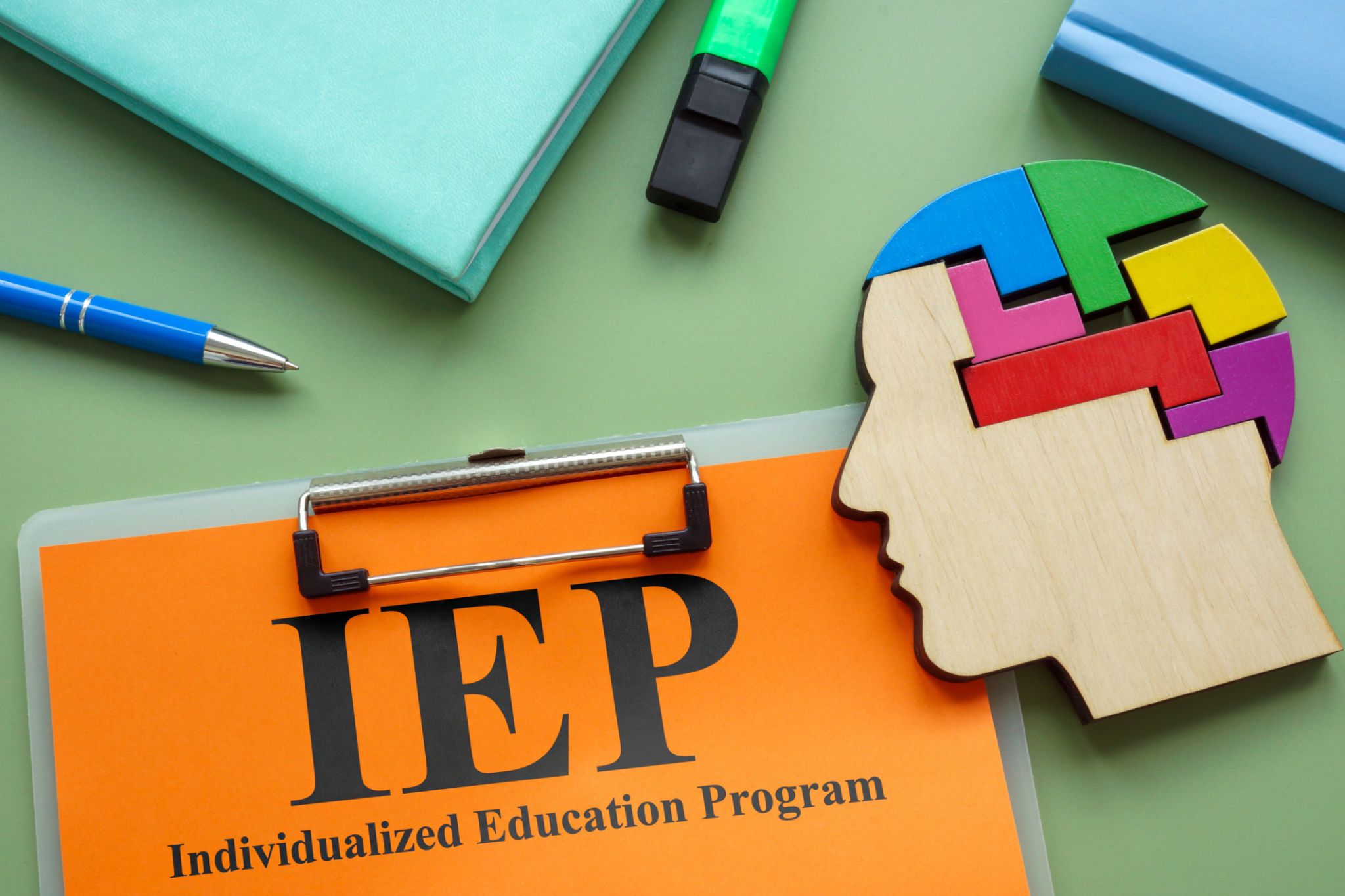Comparing Community Reentry Programs: What Makes a Program Effective?
Understanding Community Reentry Programs
As society continues to work towards effective rehabilitation and reducing recidivism, community reentry programs play a crucial role in assisting individuals transitioning from incarceration back into society. These programs aim to provide support, resources, and guidance to help former inmates reintegrate successfully. But what distinguishes an effective reentry program from the rest?
A successful reentry program is multifaceted, addressing various aspects of a participant's life. It offers a holistic approach that goes beyond the immediate needs of employment or housing, focusing instead on long-term stability and personal growth. To evaluate what makes a program truly effective, it's essential to look at several key components that contribute to its success.

Key Components of Effective Programs
Comprehensive Support Services
One of the hallmarks of an effective reentry program is the range of support services offered. These programs typically provide assistance with securing stable housing, finding employment, and accessing educational opportunities. Additionally, they offer mental health services and substance abuse counseling when necessary. By addressing these critical areas, programs can help participants build a solid foundation for their new lives.
Individualized Case Management
Effective programs recognize that each participant has unique needs and challenges. Individualized case management ensures that participants receive personalized attention and tailored support. This personalized approach helps to identify specific barriers and create actionable plans for overcoming them, fostering a greater sense of accountability and motivation among participants.

Community Involvement and Collaboration
Engagement with Local Resources
Community involvement is another essential factor in the success of reentry programs. By partnering with local organizations, businesses, and service providers, programs can offer participants access to a wider network of resources. This collaboration not only enhances the support available to participants but also promotes a sense of community ownership and responsibility in facilitating successful reintegration.
Family and Social Support
An effective reentry program also emphasizes the importance of family and social support networks. Programs that engage family members and involve them in the reintegration process help to strengthen bonds and provide a more supportive environment. This involvement can be crucial in helping participants maintain motivation and stay on track with their goals.

Measuring Success in Reentry Programs
The success of a reentry program is ultimately measured by its ability to reduce recidivism rates and improve the quality of life for participants. Evaluating this success requires careful monitoring and data analysis to track outcomes such as stable employment, housing retention, and lower re-offense rates. Programs that implement rigorous evaluation methods can identify areas for improvement and continue to evolve for greater effectiveness.
In conclusion, effective community reentry programs are those that offer comprehensive support services, prioritize individualized case management, foster community involvement, and engage family networks. By focusing on these essential components, these programs can significantly impact participants' lives, helping them transition successfully and build brighter futures.